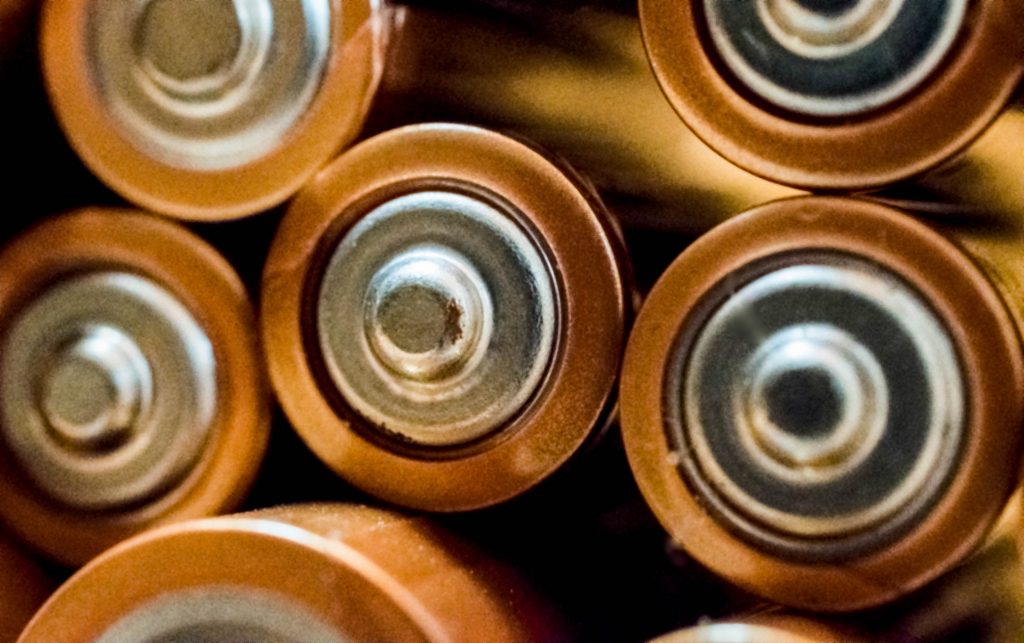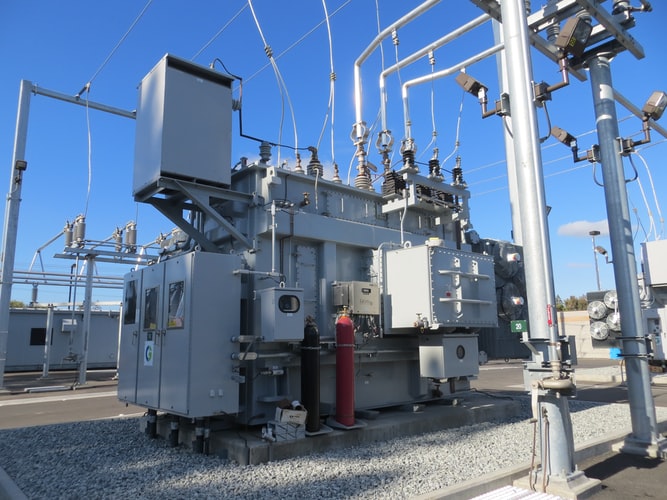Comparison of string inverters and microinverters
Solar inverters provide electricity to your home by converting the direct current (DC) that is generated by solar panels into alternate current (AC). Microinverters as well as string inverters perform the same function as a solar homeowner but go about it differently. With the continuous evolution of inverter technology, homeowners can harness the maximum amount of energy from their solar PV systems. We explain string innovations in this article to help you decide the best approach to integrate them into your solar energy system.
How do string inverters work?
String inverters (also known as “central inverters”) are standalone equipment located near your main service panel and electricity meter. The size of an individual solar installation typically dictates the number of inverters, which may be one or two. The solar panels in a “series string” usually come in sets of six to twelve. SMA is a manufacturer of string inverters. The company behind the solar panels is SMA.
The advantages of string inverters
An inverter for AC power conversion is all you need to set up a solar string since only one is needed. When something goes wrong with a solar system, the inverter is likely to fail – making troubleshooting relatively easy. Many microinverters are more expensive than string inverters since they require more labor hours to install. Solar panels are not connected. String inverters are less likely to be improperly connected.
String inverters have some disadvantages
Solar energy systems are not cheap to add rapid shutdown capabilities. Depending on what regulations your area adheres to, you will either need additional labor or wiring to ensure your system meets the requirements. String inverters require that solar panels are wired in series and if one panel fails, the whole string is affected. Microinverters have a warranty of between 8 and 12 years, whereas string inverters have a warranty of 25 years.
How does a microinverter work?
A microinverter is the same as a string inverter but is installed beneath each solar panel. Solar panels and micro inverters can each contribute as much power as they can. Although electricity is not converted into AC behind each panel, the work is still done at the string in the other part of the circuit with power optimizers. Microinverters from Enphase have been on the market since 2009 and have become an integral part of their thriving business.
Advantages of microinverters
To prevent high voltage electric shocks while first responders or firefighters are on roofs or servicing power lines, new electrical codes require rapid shutdown of solar systems. Embedded in each microinverter module is the capability of the rapid shutdown. When there are multiple angles on a solar system, such as some panels facing south, some facing east, and some facing west, microinverters are the way to go. You should use micro inverters if you have shade issues from trees or a large chimney.
Deficiencies of microinverters
Microinverters are primarily disadvantageous due to their high cost. Typical string inverters on a 5kW residential solar installation cost $1,000 or more. It’s not as easy as putting a new string on the side of your house if one of your solar panels fails. Shake roofing materials may not be a good choice if you live in a storm-prone area and have an old wooden structure.
How do Microinverters and String Inverters compare?
SolarReviews remains skeptical of claims that microinverter failure rates are very low. Manufacturers advertise the ability to monitor each panel as a benefit (and it is), but do not include the monitoring that would allow the customer to do so. The failure of only one or two inverters can be difficult to diagnose using only system-wide monitoring data. Inverters are generally easy to notice when they fail because they stop the whole system.
If you’re looking for the best place to get your inverters, you’re in the right place! EP-Power aims to give you a total commitment to ensure the best quality and provide first-class products and services.
For inquiries, you may send us an email at: sales@edac.com.sg or give us a call at +6564547877.


